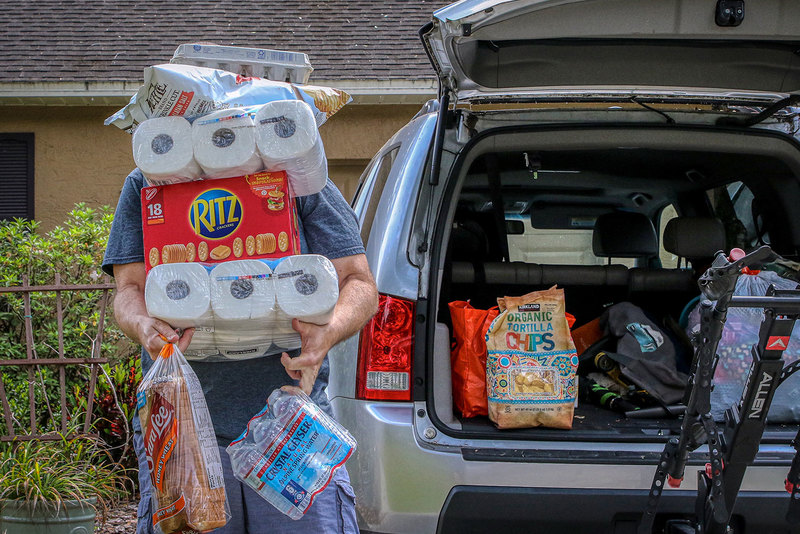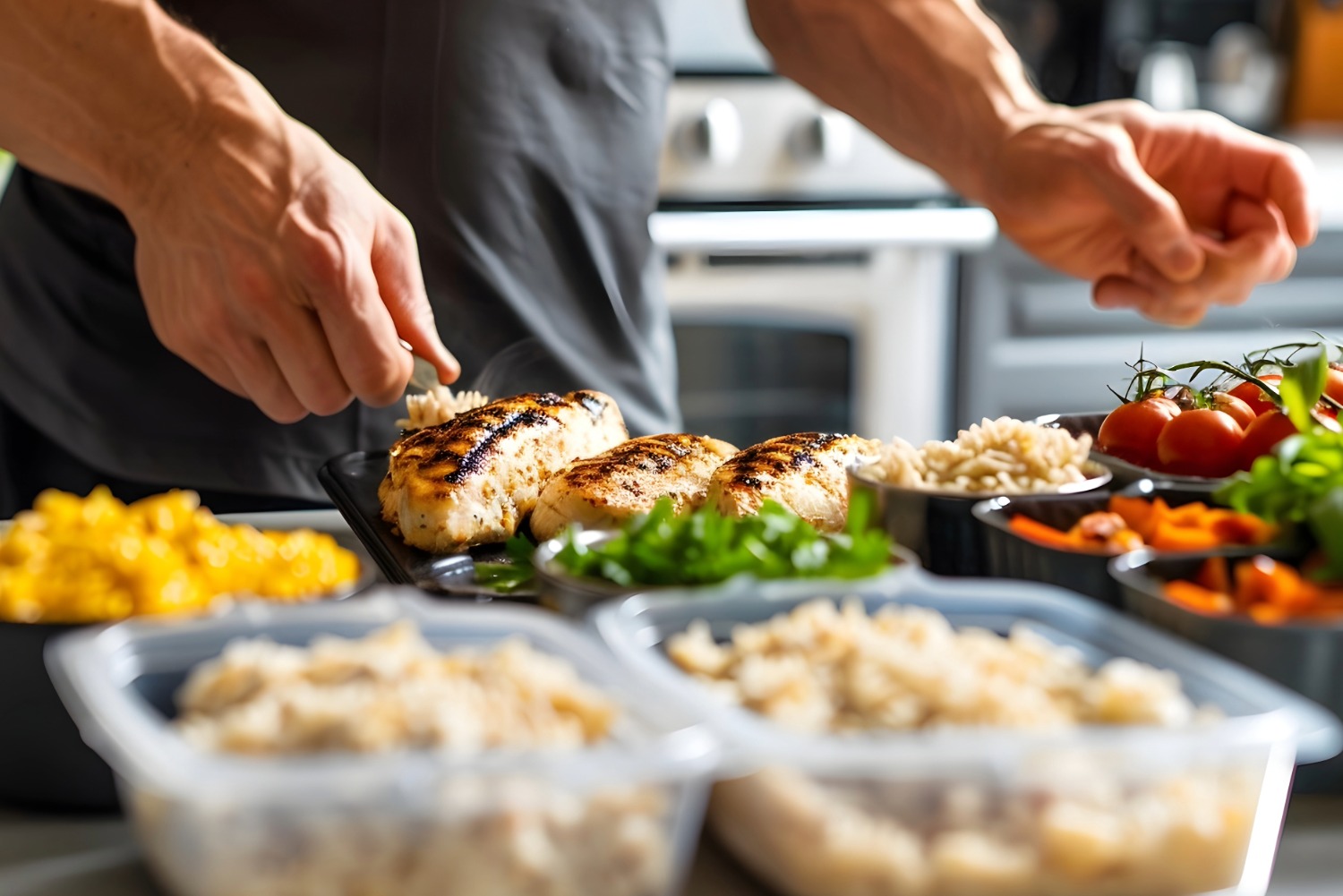News
10 tips for saving money when grocery shopping

According to the U.S. Department of Agriculture (USDA), food prices are growing more slowly in 2023 than in 2022 but are still above historical-average rates. In 2023, all food prices are predicted to increase by 5.8 percent, with grocery store food prices predicted to increase 5.2 percent. This growth is slower than restaurant prices, which are predicted to increase 7.1 percent, making cooking at home still the more affordable option. Food prices are not expected to decline in 2024, but the increase of prices might grow at a slower rate, according to the USDA’s data.
Without an end in sight to the rising cost of food, here are 10 tips to consider when it comes to grocery shopping.
- Create a shopping list and stick to it. Consider meal planning so you only buy ingredients for the meals you know you will have. Try using the “Notes” app or a shared file with those living in your home, where everyone can add/edit the shopping list to ensure your pantry and fridge are restocked efficiently.
- Shop alone. Taking your kids to the grocery store can quickly add to the number of items in your cart, as the “see something, want something” vibe runs rampant. Opt for going to the store alone, when (and if!) you can.
- Timing matters. Avoid going to the store when you’re hungry. Being hungry can increase the odds of impulse buying. Also, living in a resort community, be mindful of when you plan to shop. Going at high-peak times when stores are more crowded can increase your chances of grabbing things quickly just to get out of there.
- Shop online. Both City Market and Safeway offer online shopping apps that help you price compare and cut coupons.
- Comparison shop. When choosing a product, pay attention to the price per ounce or pound, not just the overall cost. A smaller container may come with a larger price tag.
- Choose the off-brand. While you might have your favorite brand of cereal, perhaps the off-brand version tastes as good and comes with a lower price tag. The savings begin to add up when you cut nickels and dimes here and there.
- Pay attention to sell-by, use by or expiration dates. Opt for the smaller jug of milk if the expiration date is sooner and you don’t anticipate using it all before then.
- Minimize food waste. Again, a shopping list or meal prep can help. Also consider freezing extra food. Items such as fruit can be frozen to be used in smoothies later. Or if you made too much chili, freeze the rest for a winter day down the road.
- Buy in bulk. Consider shopping at stores like Costco that sell larger quantities of items, which reduces the cost per item or pound. Buy pork chops on sale, freeze in individual bags or containers. Or coordinate with neighbors to split the amount, both of the food and cost.
- Explore local resources. The Community Market helps make sure that no family in the Eagle River Valley has to choose between paying bills or putting food on the table. According to a special study conducted by Feeding America, in Eagle County, more than 8,700 residents deal with food insecurity, and The Community Market helps feed more than 4,500 people throughout the Eagle River Valley each week. The Community Market provides access to free, nutrient-rich food throughout the County, with markets featuring a variety of fresh produce, meat, dairy and bread, as well as shelf-stable grocery items, all available for each customer’s own choosing. Note: They always welcome volunteers and donations.
“Fresh food is not a privilege, it’s a right. The Community Market purchases and finds resources to get healthy food, and also rescues food,” said Erin Baumann, The Community Market 2022 Volunteer of the Year. “We are helping our community in providing that fresh quality food, but we are also decreasing the amount of impact we are putting on our earth by finding alternative ways to recycle food, not just recycling it into compost bins but to helping our community to get free, nutritious groceries.”
More News
-
New!
More

Screening Secrets: What Every Man Should Know About Prostate Cancer Screening
Prostate cancer is the most common type of non-skin related cancer in men, and it is the second leading cause of cancer-related deaths in men within the United States, behind lung cancer. Fortunately, if caught early, prostate cancer remains highly treatable and curable with minimally invasive procedures.
-
New!
More

Unplug to Recharge: Why a Digital Detox Is the Real Power Move for 2026
Our phones promise connection, convenience and control, yet most of us feel more scattered, stressed and sleepless than ever. The constant pings, scrolls and notifications have rewired our brains for distraction. The fix? Not abandoning technology altogether, but reclaiming balance.
-
New!
More

Beyond the Scale: Why Nutrition and Exercise Work Better Together
For decades, weight loss advice has been distilled into a simple equation: calories in, calories out. Eat less, maybe combine that with exercise, and the pounds will fall away. But according to experts at Vail Health, that equation overlooks a much bigger picture.





